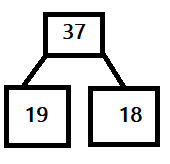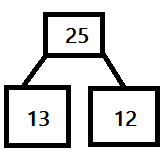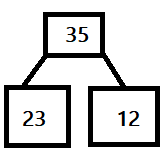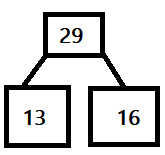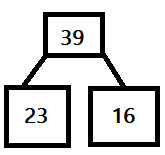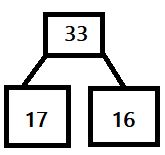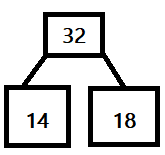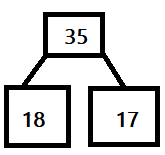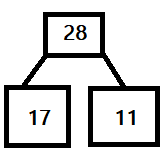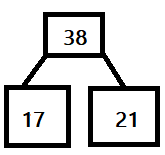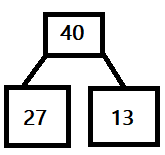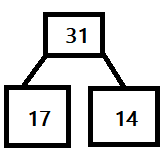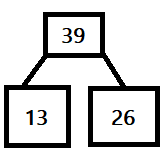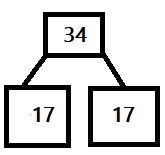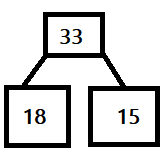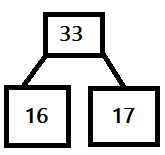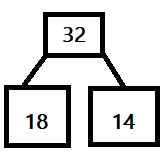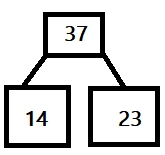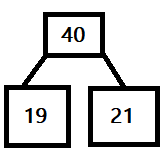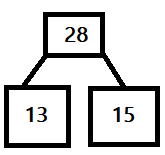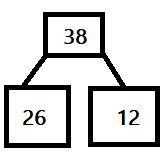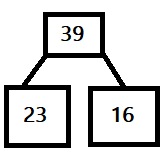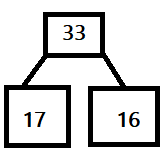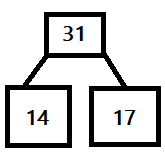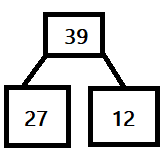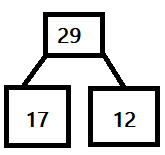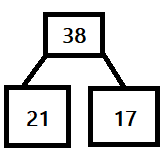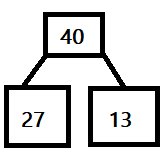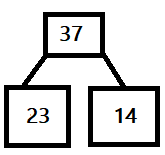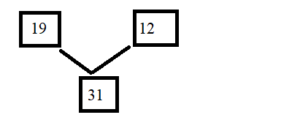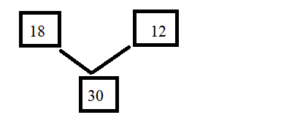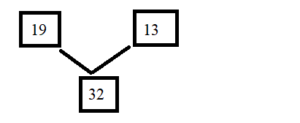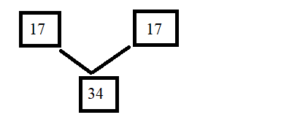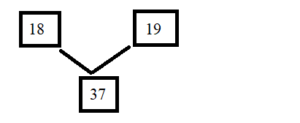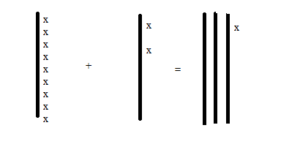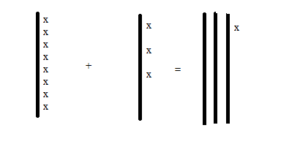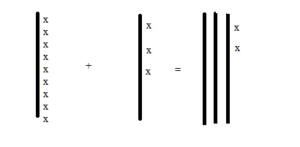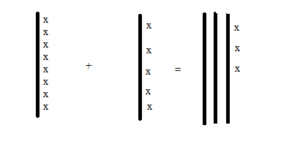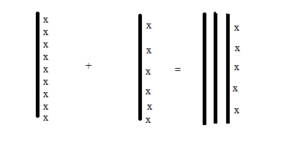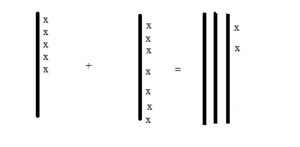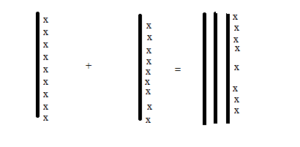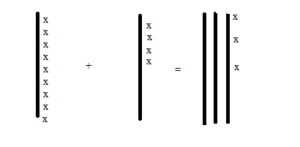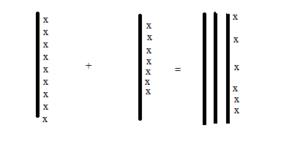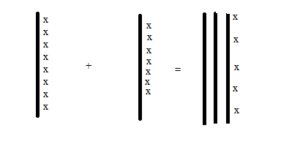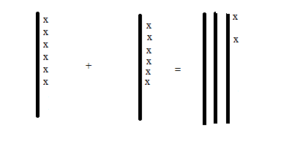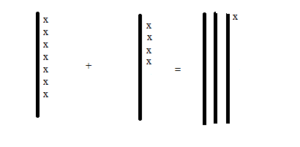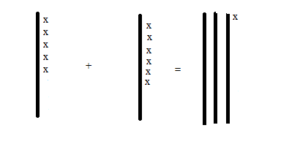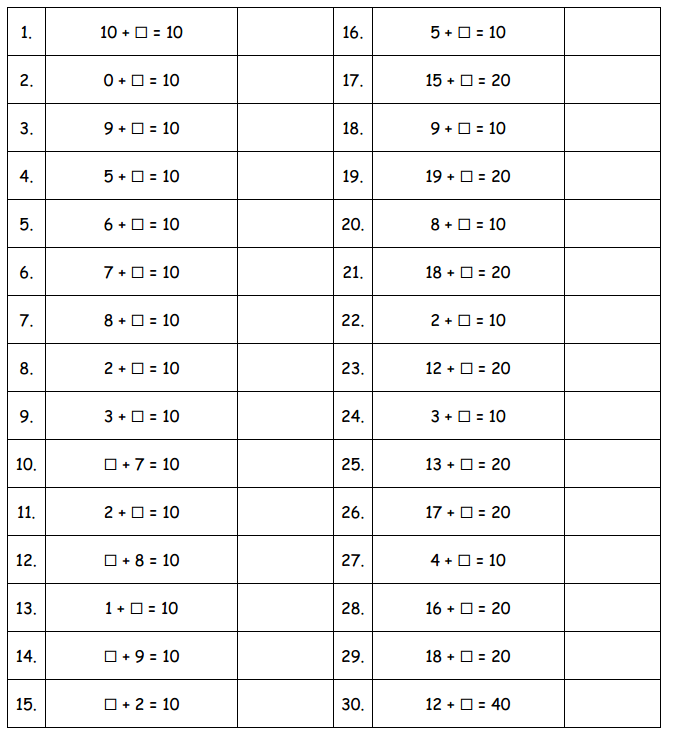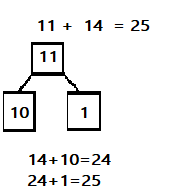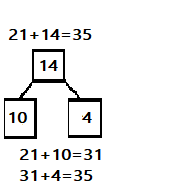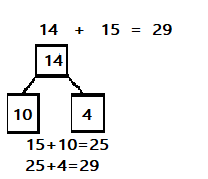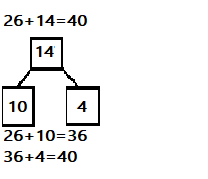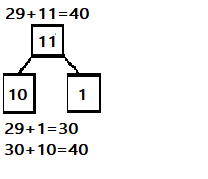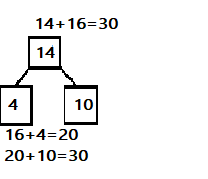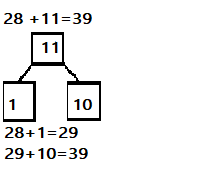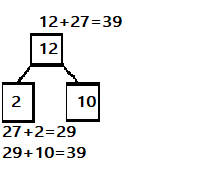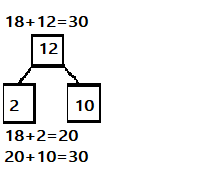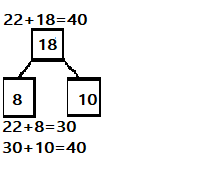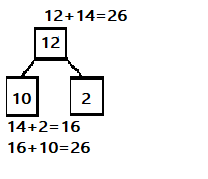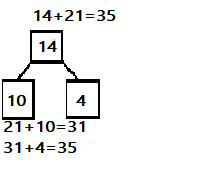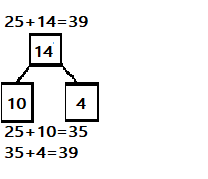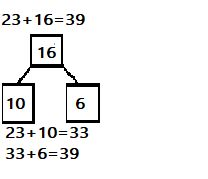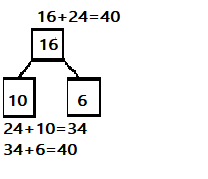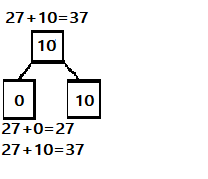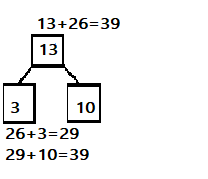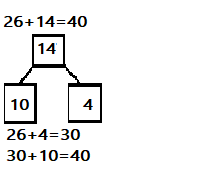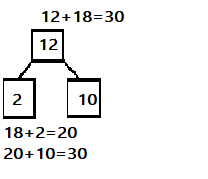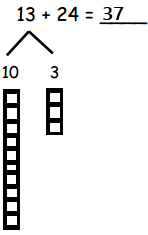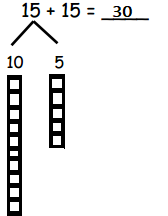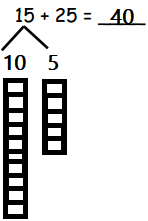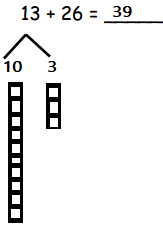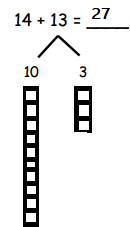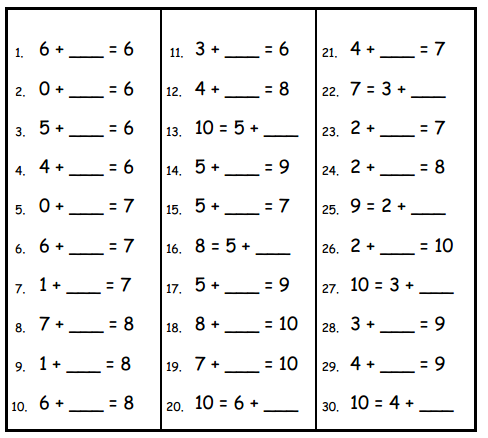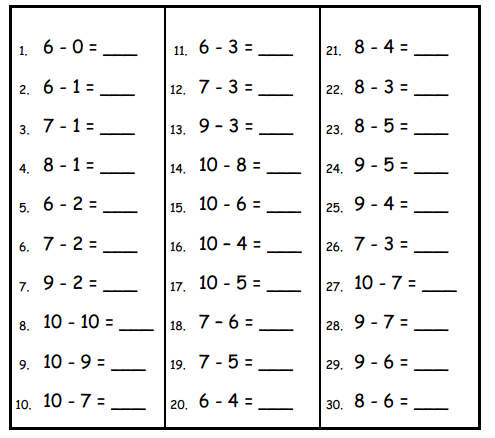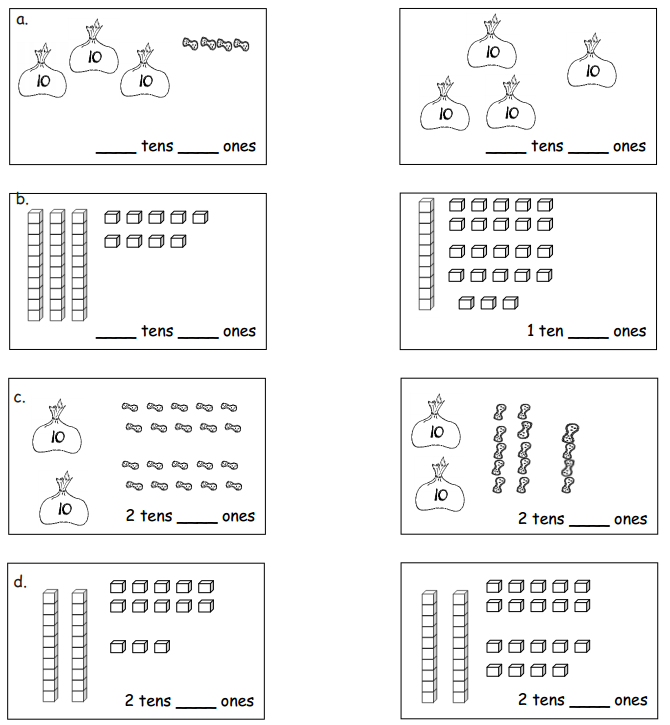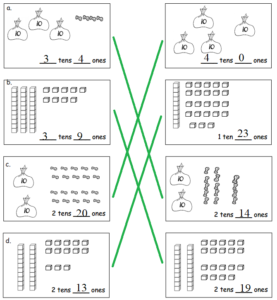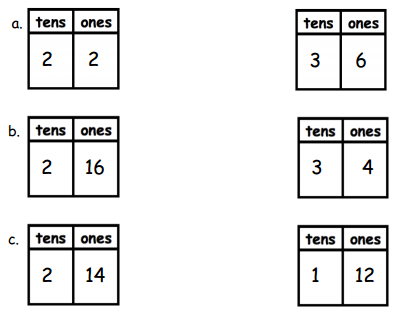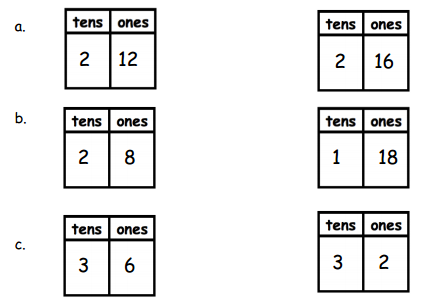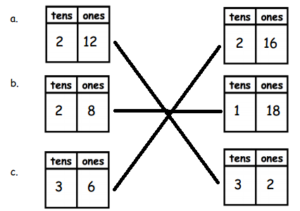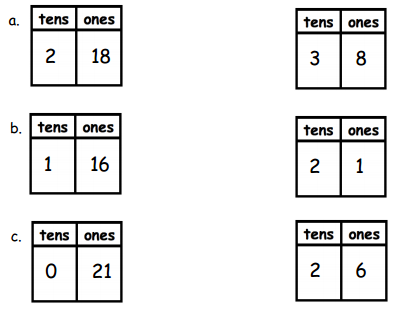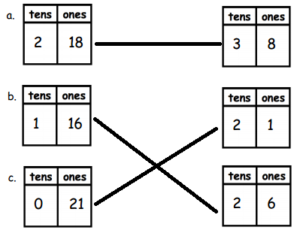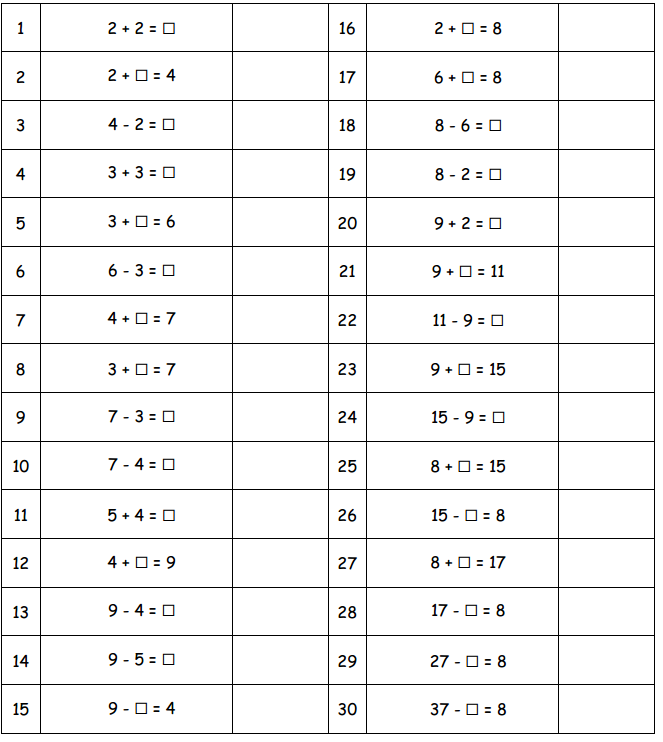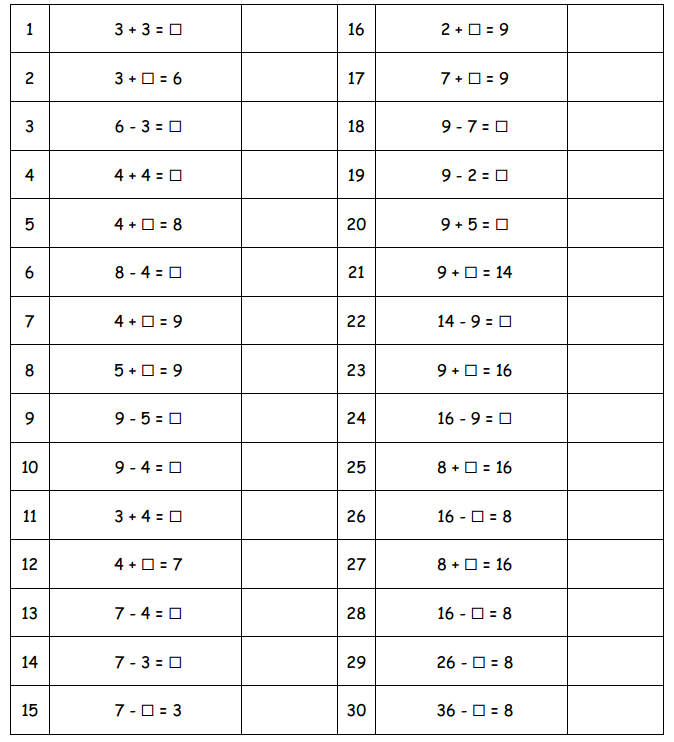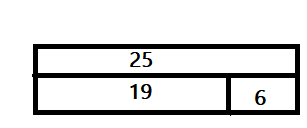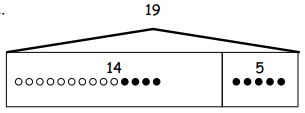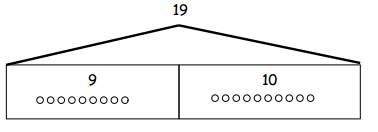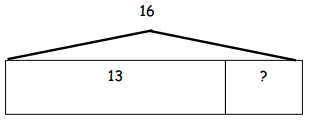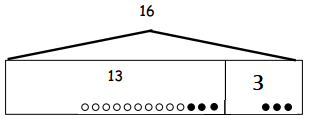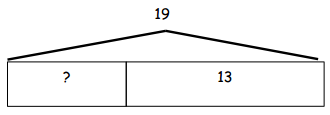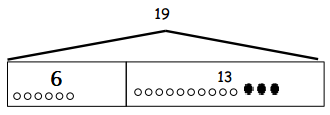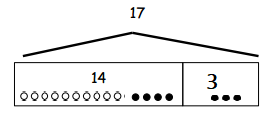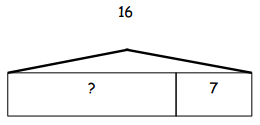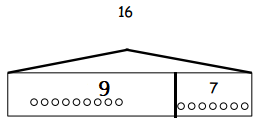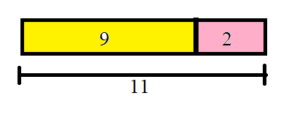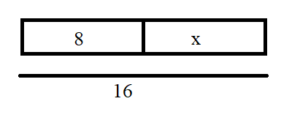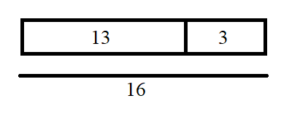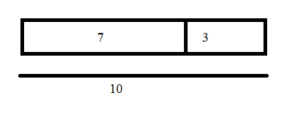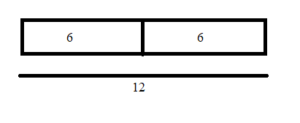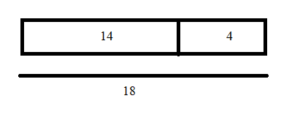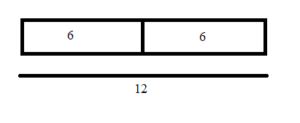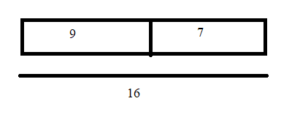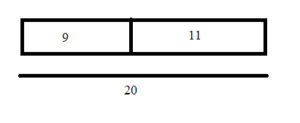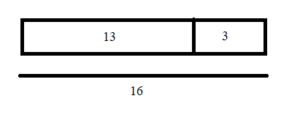Engage NY Eureka Math 1st Grade Module 4 Lesson 28 Answer Key
3939
Question 1.
Solve using quick ten drawings, number bonds, or the arrow way. Check the rectangle if you made a new ten.
a. 23 + 12 = ____
![]()
Answer: 35
A number bond is a simple addition of two numbers that add up to give the sum. Using number bonds, one can instantly tell the answer without the need for the actual calculation. Number bonds help us to understand that a whole number is made up of parts.
Given two numbers are 23 and 12
By adding 23 and 12 we get 35
23+12=35
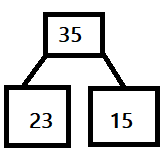
b. 15 + 15 = ____
![]()
Answer:30
A number bond is a simple addition of two numbers that add up to give the sum. Using number bonds, one can instantly tell the answer without the need for the actual calculation. Number bonds help us to understand that a whole number is made up of parts.
Given two numbers are 15 and 15
By adding 15 and 15 we get 30
15+15=30
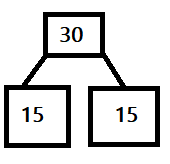
c. 19 + 21 = ____
![]()
Answer:40
A number bond is a simple addition of two numbers that add up to give the sum. Using number bonds, one can instantly tell the answer without the need for the actual calculation. Number bonds help us to understand that a whole number is made up of parts.
Given two numbers are 21 and 19
By adding 19 and 21 we get 40
21+19=40
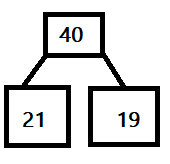
d. 17 + 12 = ____
![]()
Answer:29
A number bond is a simple addition of two numbers that add up to give the sum. Using number bonds, one can instantly tell the answer without the need for the actual calculation. Number bonds help us to understand that a whole number is made up of parts.
Given two numbers are 17 and 12
By adding 17 and 12 we get 29
17+12=29

e. 27 + 13 = ____
![]()
Answer:40
A number bond is a simple addition of two numbers that add up to give the sum. Using number bonds, one can instantly tell the answer without the need for the actual calculation. Number bonds help us to understand that a whole number is made up of parts.
Given two numbers are 27 and 13
By adding 27 and 13 we get 40
27+13=40

f. 17 + 16 = ____
![]()
Answer:33
A number bond is a simple addition of two numbers that add up to give the sum. Using number bonds, one can instantly tell the answer without the need for the actual calculation. Number bonds help us to understand that a whole number is made up of parts.
Given two numbers are 17 and 16
By adding 17 and 16 we get 33
17+16=33
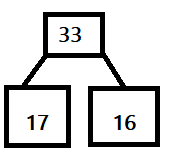
Question 2.
Solve using quick ten drawings, number bonds, or the arrow way.
a. 15 + 13 = _____
Answer:28
A number bond is a simple addition of two numbers that add up to give the sum. Using number bonds, one can instantly tell the answer without the need for the actual calculation. Number bonds help us to understand that a whole number is made up of parts.
Given two numbers are 15 and 13
By adding 15 and 13 we get 28
15+13=28
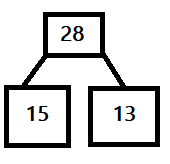
b. 25 + 13 = ____
Answer:38
A number bond is a simple addition of two numbers that add up to give the sum. Using number bonds, one can instantly tell the answer without the need for the actual calculation. Number bonds help us to understand that a whole number is made up of parts.
Given two numbers are 25 and 13
By adding 25 and 13 we get 38
25+13=38
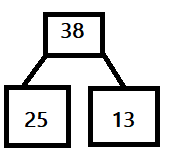
c. 24 + 14 = ____
Answer:38
A number bond is a simple addition of two numbers that add up to give the sum. Using number bonds, one can instantly tell the answer without the need for the actual calculation. Number bonds help us to understand that a whole number is made up of parts.
Given two numbers are 24 and 14
By adding 24 and 14 we get 38
24+14=38
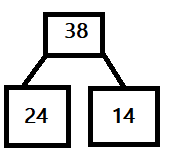
d. 25 + 15 = ____
Answer:40
A number bond is a simple addition of two numbers that add up to give the sum. Using number bonds, one can instantly tell the answer without the need for the actual calculation. Number bonds help us to understand that a whole number is made up of parts.
Given two numbers are 25 and 15
By adding 25 and 15 we get 40
25+15=40
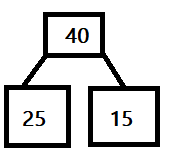
e. 18 + 14 = ____
Answer:32
A number bond is a simple addition of two numbers that add up to give the sum. Using number bonds, one can instantly tell the answer without the need for the actual calculation. Number bonds help us to understand that a whole number is made up of parts.
Given two numbers are 18 and 14
By adding 18 and 14 we get 32
18+14=32
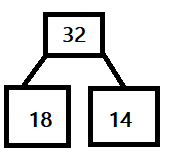
f. 18 + 18 = ____
Answer:36
A number bond is a simple addition of two numbers that add up to give the sum. Using number bonds, one can instantly tell the answer without the need for the actual calculation. Number bonds help us to understand that a whole number is made up of parts.
Given two numbers are 18 and 18
By adding 18 and 18 we get 36
18+18=36
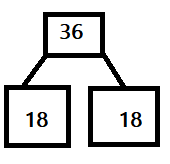
g. 24 + 16 = ____
Answer:40
A number bond is a simple addition of two numbers that add up to give the sum. Using number bonds, one can instantly tell the answer without the need for the actual calculation. Number bonds help us to understand that a whole number is made up of parts.
Given two numbers are 24 and 16
By adding 24 and 16 we get 40
24+16=40

h. 17 + 18 = ____
Answer:35
A number bond is a simple addition of two numbers that add up to give the sum. Using number bonds, one can instantly tell the answer without the need for the actual calculation. Number bonds help us to understand that a whole number is made up of parts.
Given two numbers are 17 and 18
By adding 17 and 18 we get 35
17+18=35

Eureka Math Grade 1 Module 4 Lesson 28 Exit Ticket Answer Key
Solve using quick tens and ones, number bonds, or the arrow way.
a. 12 + 16 = ____
Answer:28
A number bond is a simple addition of two numbers that add up to give the sum. Using number bonds, one can instantly tell the answer without the need for the actual calculation. Number bonds help us to understand that a whole number is made up of parts.
Given two numbers are 16 and 12
By adding 16 and 12 we get 28
16+12=28
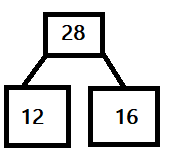
b. 26 + 14 = ____
Answer:40
A number bond is a simple addition of two numbers that add up to give the sum. Using number bonds, one can instantly tell the answer without the need for the actual calculation. Number bonds help us to understand that a whole number is made up of parts.
Given two numbers are 26 and 14
By adding 26 and 14 we get 40
26+14=40

c. 18 + 16 = ____
Answer:34
A number bond is a simple addition of two numbers that add up to give the sum. Using number bonds, one can instantly tell the answer without the need for the actual calculation. Number bonds help us to understand that a whole number is made up of parts.
Given two numbers are 18 and 16
By adding 18 and 16 we get 34
18+16=34

d. 19 + 17 = ____
Answer:36
A number bond is a simple addition of two numbers that add up to give the sum. Using number bonds, one can instantly tell the answer without the need for the actual calculation. Number bonds help us to understand that a whole number is made up of parts.
Given two numbers are 19 and 17
By adding 19 and 17 we get 36
19+17=36
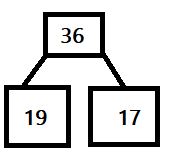
Eureka Math Grade 1 Module 4 Lesson 28 Homework Answer Key
Solve using quick tens and ones, number bonds, or the arrow way.
a. 13 + 16 = ____
Answer:29
A number bond is a simple addition of two numbers that add up to give the sum. Using number bonds, one can instantly tell the answer without the need for the actual calculation. Number bonds help us to understand that a whole number is made up of parts.
Given two numbers are 16 and 13
By adding 13 and 16 we get 29
13+16=29
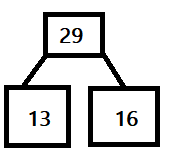
b. 15 + 16 = ____
Answer:31
A number bond is a simple addition of two numbers that add up to give the sum. Using number bonds, one can instantly tell the answer without the need for the actual calculation. Number bonds help us to understand that a whole number is made up of parts.
Given two numbers are 15 and 16
By adding 15 and 16 we get 31
15+16=31

c. 16 + 16 = ____
Answer:32
A number bond is a simple addition of two numbers that add up to give the sum. Using number bonds, one can instantly tell the answer without the need for the actual calculation. Number bonds help us to understand that a whole number is made up of parts.
Given two numbers are 16 and 16
By adding 16 and 16 we get 32
16+16=32
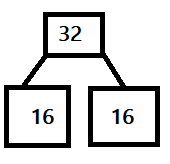
d. 26 + 12 = ____
Answer:38
A number bond is a simple addition of two numbers that add up to give the sum. Using number bonds, one can instantly tell the answer without the need for the actual calculation. Number bonds help us to understand that a whole number is made up of parts.
Given two numbers are 26 and 12
By adding 26 and 12 we get 38
26+12=38
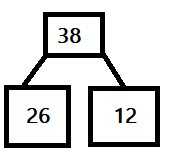
e. 22 + 17 = ____
Answer:39
A number bond is a simple addition of two numbers that add up to give the sum. Using number bonds, one can instantly tell the answer without the need for the actual calculation. Number bonds help us to understand that a whole number is made up of parts.
Given two numbers are 22 and 17
By adding 17 and 22 we get 39
22+17=39
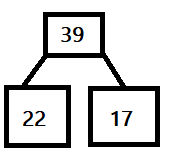
f. 17 + 15 = ____
Answer:32
A number bond is a simple addition of two numbers that add up to give the sum. Using number bonds, one can instantly tell the answer without the need for the actual calculation. Number bonds help us to understand that a whole number is made up of parts.
Given two numbers are 15 and 17
By adding 15 and 17 we get 32
17+15=32
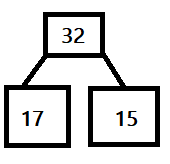
g. 17 + 16 = ____
Answer:33
A number bond is a simple addition of two numbers that add up to give the sum. Using number bonds, one can instantly tell the answer without the need for the actual calculation. Number bonds help us to understand that a whole number is made up of parts.
Given two numbers are 16 and 17
By adding 16 and 17 we get 33
17+16=33
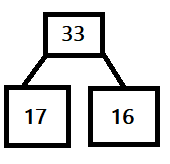
h. 18 + 17 = ____
Answer:35
A number bond is a simple addition of two numbers that add up to give the sum. Using number bonds, one can instantly tell the answer without the need for the actual calculation. Number bonds help us to understand that a whole number is made up of parts.
Given two numbers are 18 and 17
By adding 18 and 17 we get 35
18+17=35

i. 24 + 13 = ____
Answer:37
A number bond is a simple addition of two numbers that add up to give the sum. Using number bonds, one can instantly tell the answer without the need for the actual calculation. Number bonds help us to understand that a whole number is made up of parts.
Given two numbers are 24 and 13
By adding 24 and 13 we get 37
24+13=37
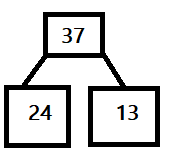
j. 15 + 24 = ____
Answer:39
A number bond is a simple addition of two numbers that add up to give the sum. Using number bonds, one can instantly tell the answer without the need for the actual calculation. Number bonds help us to understand that a whole number is made up of parts.
Given two numbers are 24 and 15
By adding 24 and 15 we get 39
15+24=39
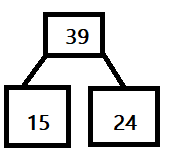
k. 19 + 16 = ____
Answer:35
A number bond is a simple addition of two numbers that add up to give the sum. Using number bonds, one can instantly tell the answer without the need for the actual calculation. Number bonds help us to understand that a whole number is made up of parts.
Given two numbers ar19 and 16
By adding 19 and 16 we get 35
19+16=35

l. 14 + 22 = ____
Answer:36
A number bond is a simple addition of two numbers that add up to give the sum. Using number bonds, one can instantly tell the answer without the need for the actual calculation. Number bonds help us to understand that a whole number is made up of parts.
Given two numbers are 22 and 14
By adding 22 and 14 we get 36
14+22=36
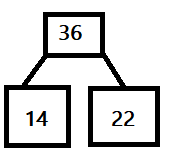
m. 27 + 12 = ____
Answer:39
A number bond is a simple addition of two numbers that add up to give the sum. Using number bonds, one can instantly tell the answer without the need for the actual calculation. Number bonds help us to understand that a whole number is made up of parts.
Given two numbers are 27 and 12
By adding 27 and 12 we get 39
27+12=39

n. 28 + 12 = ____
Answer:40
A number bond is a simple addition of two numbers that add up to give the sum. Using number bonds, one can instantly tell the answer without the need for the actual calculation. Number bonds help us to understand that a whole number is made up of parts.
Given two numbers are 28 and 12
By adding 28 and 12 we get 40
28+12=40
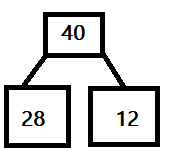
o. 18 + 17 = ____
Answer:35
A number bond is a simple addition of two numbers that add up to give the sum. Using number bonds, one can instantly tell the answer without the need for the actual calculation. Number bonds help us to understand that a whole number is made up of parts.
Given two numbers are 18 and 17
By adding 18 and 17 we get 35
18+17=35

p. 19 + 18 = ____
Answer:37
A number bond is a simple addition of two numbers that add up to give the sum. Using number bonds, one can instantly tell the answer without the need for the actual calculation. Number bonds help us to understand that a whole number is made up of parts.
Given two numbers are 19 and 18
By adding19 and 18 we get 37
19+18=37
